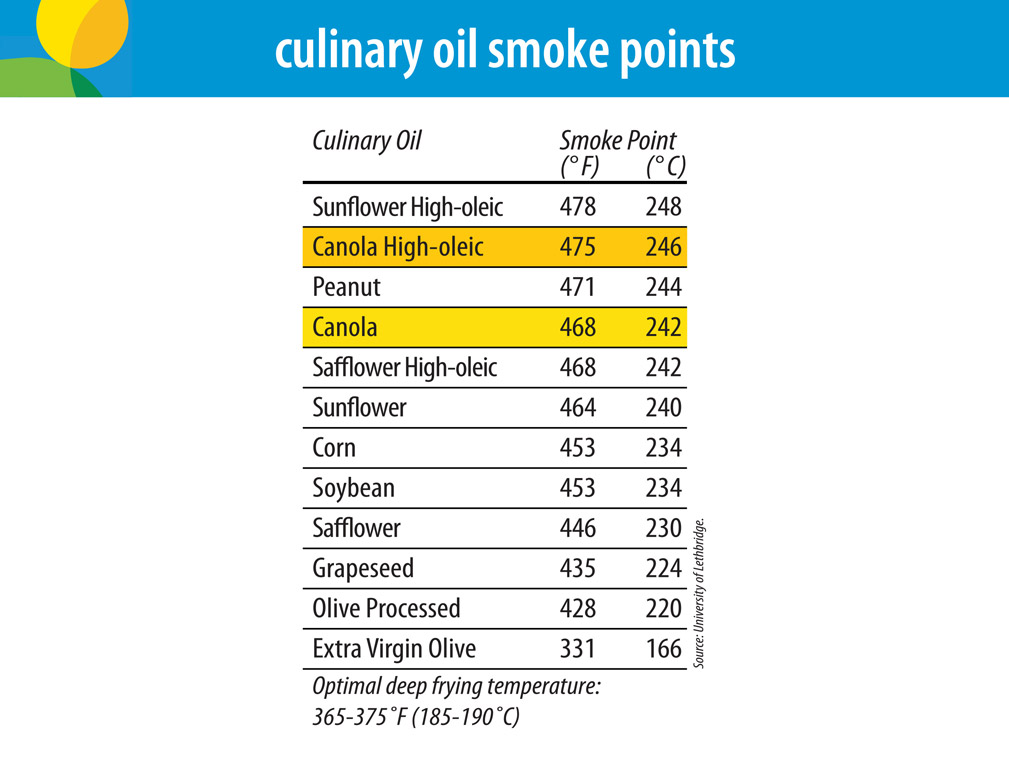Ask a Nutrition Expert
Here are some questions received by CanolaInfo and answered by a nutrition expert.
Q: I've heard that high-oleic canola oil is being used in some processed foods in place of partially hydrogenated vegetable oils. What is high-oleic canola oil?
A: High-oleic (or high-stability) canola oil was developed for use in commercial-scale food production because it is shelf-stable and does not break down under high heat. Unlike partially hydrogenated vegetable oils found in many processed foods such as cookies and crackers, high-stability canola oil does not contain any cholesterol-raising trans fats. It contains about 70% monounsaturated fats, 20% omega-6 and 3% omega-3 polyunsaturated fats, and 7% saturated fats.
Q: Is canola oil a vegetable oil?
A: Yes, but it is important to know that all vegetable oils are not the same. Having “vegetable oil” on the label allows the company to use a variety of different oils without having to change the label. You may see “may contain soybean oil and/or corn oil and/or sunflower oil and/or canola oil” in the ingredient list. Despite the pictures on some labels of vegetable oil, it is not made from vegetables such as lettuce, carrots or tomatoes.
Q: Is canola oil gluten-free?
A: Canola oil is naturally gluten-free. Even though it may be grown on fields that wheat has been previously grown on, when canola seed is delivered to the crushing plant, it is extensively cleaned before processing. Due to the massive difference in seed size between a wheat kernel and a canola seed, if there was any contamination, it would be removed at this stage. Furthermore, after canola is crushed and refined, repeated testing has proven that there are no detectable levels of protein in refined canola oil when it goes out to the supermarket shelves.
Q: Which oil(s) are the safest to deep fry or stir fry?
Canola oil has been shown to be safe and healthy in a variety of high heat cooking applications such as stir-frying, deep-frying and baking. We also have a resource which outlines deep-frying practices, as well as how to safely filter, store and reuse oil, click here to see the resource.
Q: What is the canola oil smoke point?


